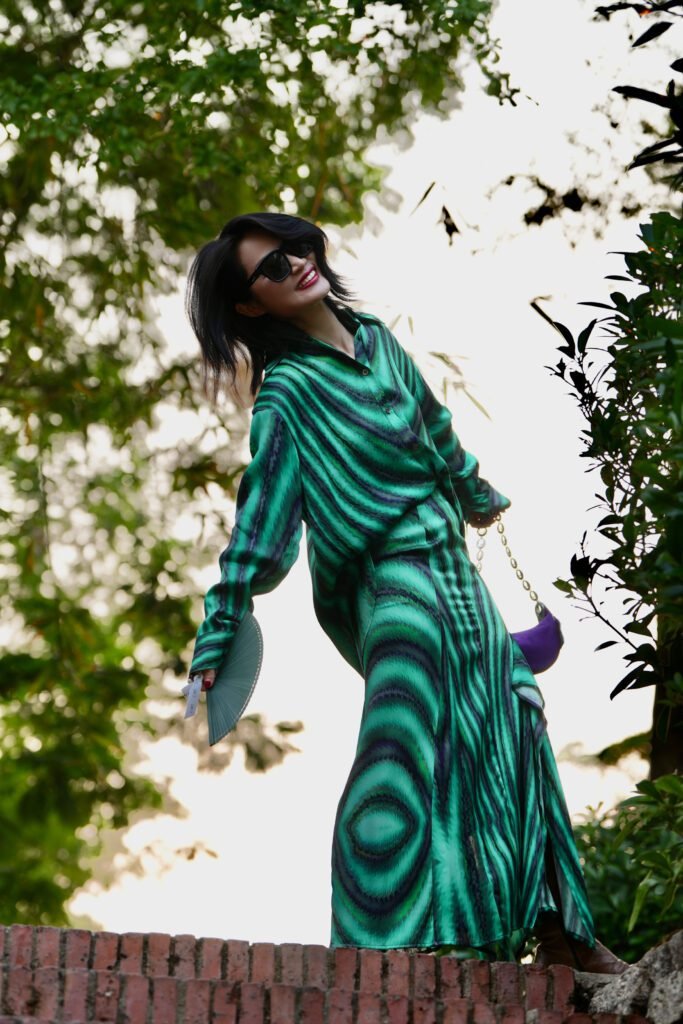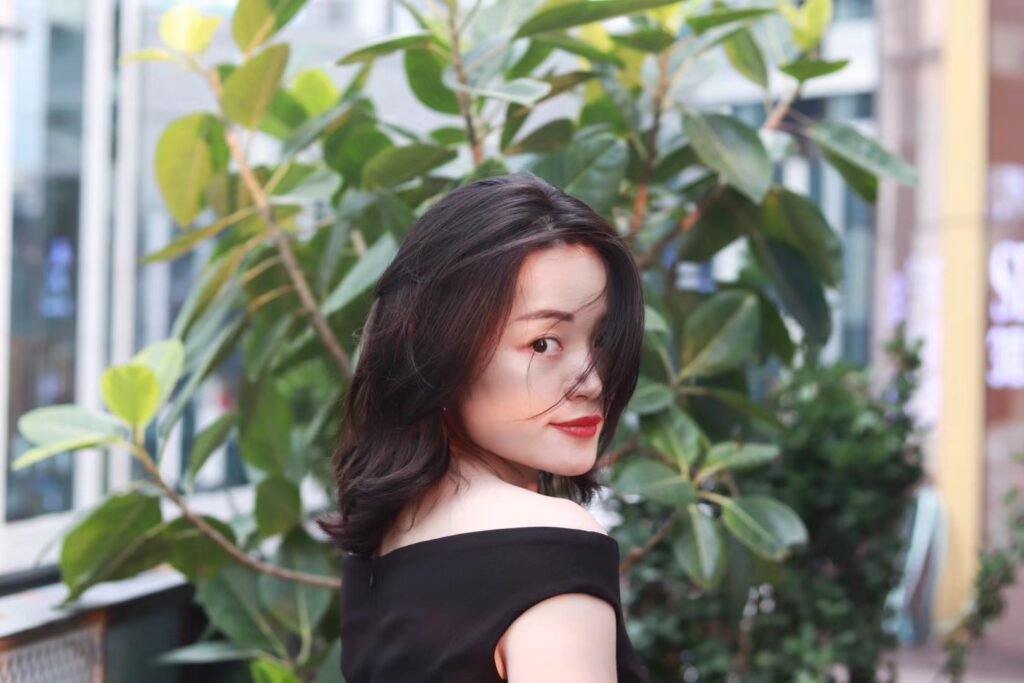Lately, I’ve been reflecting on UMFD’s origin story — not as a marketing project, but as a process of making something that could be felt.
A brand’s birth is rarely only commercial. It is the externalization of a founder’s way of seeing the world. When you walk into some brands, you immediately feel their temperature; with others, no matter how polished, something feels hollow.
That difference is not accidental. It comes from the founder’s sensibility, organized and projected outward until a living system appears. In short, a brand is the founder’s consciousness scaled.
1. Great brands begin with the founder’s sensibility
People ask me, “How did UMFD happen?” My answer: it was felt into being. I didn’t set out to create a fragrance brand the way one launches a product line; I wanted to carve a small quiet in the din. Music, scent, light, and temperature — these everyday sensory gestures accumulated into a coherent world.
A brand, then, is simply the founder’s way of experiencing the world, given structure.
That structure becomes visible in choices — the pause in a sentence, the weight of a bottle, the way light falls in a shop.
The brand’s personality grows from those choices, and it is this personality that people register first.
2. The founder’s worldview is the brand’s underlying code
Many brands look similar at first glance; excellent brands are similar because they are disciplined.
Mediocre brands are each mediocre in their own way. The difference is in worldview. If a founder lacks a clear stance on beauty, time, nature, or feeling, the product will be technically attractive but generically forgettable.
Too many teams open meetings with the line: “We need a viral hit.” Viral is traffic; it rarely seeds real taste or loyalty.
You cannot build a lasting brand on virality alone. You must build it on a stance. UMFD’s stance is simple: scent is not a utility; it is expression.
It’s rhythm, mood, and lifestyle — not a feature list. That stance is the starting point for everything we do.
3. Spiritual structure is discovered, not invented
There’s a myth that creativity is sudden inspiration. Real creative power arrives when you organize your inner logic.
Ask yourself: why does this move me? What exactly am I trying to say? What emotion should people feel when they encounter this brand?
When you map your own sensory coordinates — the textures, tempos, and tonalities you care about — a brand becomes the most faithful vessel for that system. In my consulting work, I ask clients to stop hunting for positioning statements.
Instead, we map perception first: the sensory grammar, the tonal compass, the rituals a brand might cultivate. Only after that does marketing become purposeful.
Clarity of perception produces coherence. Coherence produces force.
4. Emotional resonance arrives without a hard sell
The most affecting brands never feel like a pitch. They invite you in; you insert yourself. That kind of presence is not manufactured by spending more on ads; it is grown by consistent, honest expression.
We never chased “overnight fame” with UMFD.
We cultivated a conversation that moved slowly and meaningfully.
On a winter morning, someone wrote about Snowing Blossom: “This scent reminded me of myself.” That’s not a purchase — it’s recognition.
When people take pride in a brand, they adopt it as part of who they are. That ownership is the real work of branding.
5. The destination: personified trust
At the end of the day, a brand’s defensibility is not budget or tech.
It is the density of the founder’s awareness. A refined sensibility and clear thinking attract people of the same frequency — not as customers, but as members.
They arrive not because they were convinced by messaging, but because they were seen.
I think of this as emotional compound interest: small consistencies across touchpoints accumulate into deep trust.
Visual tone, copy cadence, scent temperature — each maintains an emotional climate. When that climate is steady, trust follows.
If you want to start, begin here (three practical moves)
- Map your sensorial coordinates. List the five sensory words that feel most true to your intention (e.g., quiet, luminous, earthy).
- Define your posture. What social role does your brand play — poet, friend, traveler? Give it one sentence.
- Design the rhythm. Turn posture into behavior: lighting, copy cadence, packaging weight, in-store pauses.
These are not tactics; they are the first steps toward a worldview you can inhabit and scale.
A brand with a living worldview is not an exercise in style.
It is a practice in how people are seen and how they, in turn, see themselves. If aesthetics is a commercial force, then worldview is the origin point of that force.
If you’d like to explore how to make your brand feel — not merely observed — I’d be happy to listen. Let’s design a system that helps people recognize a better version of themselves.





